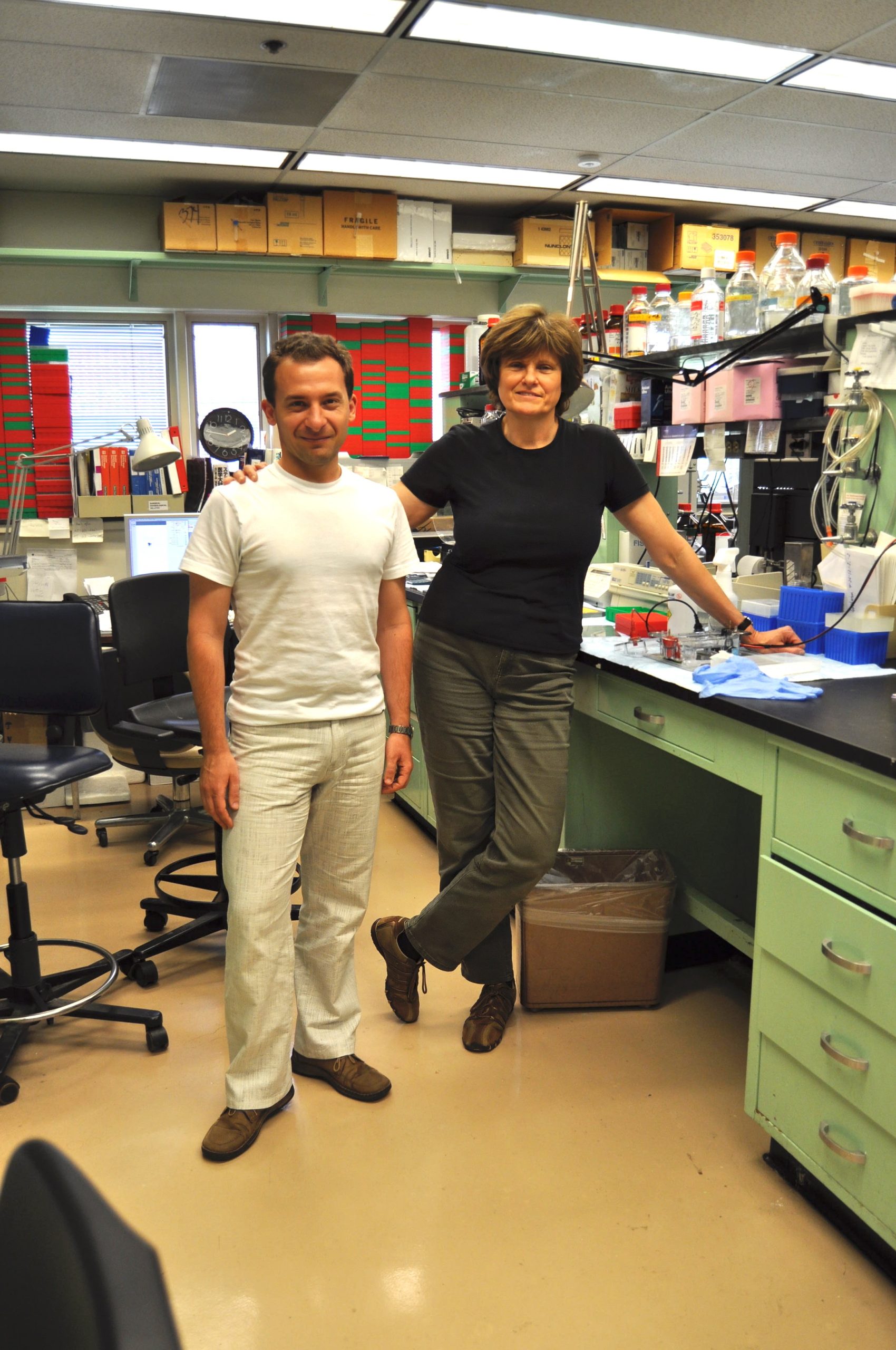Katalin Karikó: I know that I did most of the time, basic research, I did in Hungary. We did a small RNA molecule, which we assumed that it has antiviral activity, and there were no antiviral compounds. I’m talking about the 1970s. And of course, even today, we know that it was not many antiviral compounds. Every time I was doing something, I always thought, ‘Oh, that would be good.’ I could imagine that it would be as an antiviral compound. I was doing the RNA work, and we could manage to deliver RNA into the cell. The desired protein was made, and then we were thinking that where we could have used this. We imagined that bone marrow transplantation, and we could deliver an RNA coding for the protein, which would make the lifespan of those cells much longer by delivering telomerase mRNA, which codes for the protein. So, every time when we could do something, we were thinking about what use, what we can use this. And when we could deliver in the animal, then we could say, ‘Mm, maybe, maybe it will work in humans.’ Or maybe for animals, for companion animal treatment, or farm animals, it would be beneficial for different diseases as a treatment.

Because who is working in those field, they are the best they can imagine that what it could be used. When I’m talking about human treatment, I work with colleagues who are physicians. They see patients, operated. Like in neurosurgery, I spent 17 years, and a colleague could say how they could reach this area of blood vessels. Then we were thinking what RNA should be beneficial to deliver there to have a stroke patient, for example. So always, working together with colleagues and figuring out what is their limit and what they can do, and what I can do. Together, maybe we can solve and treat different kinds of diseases.
